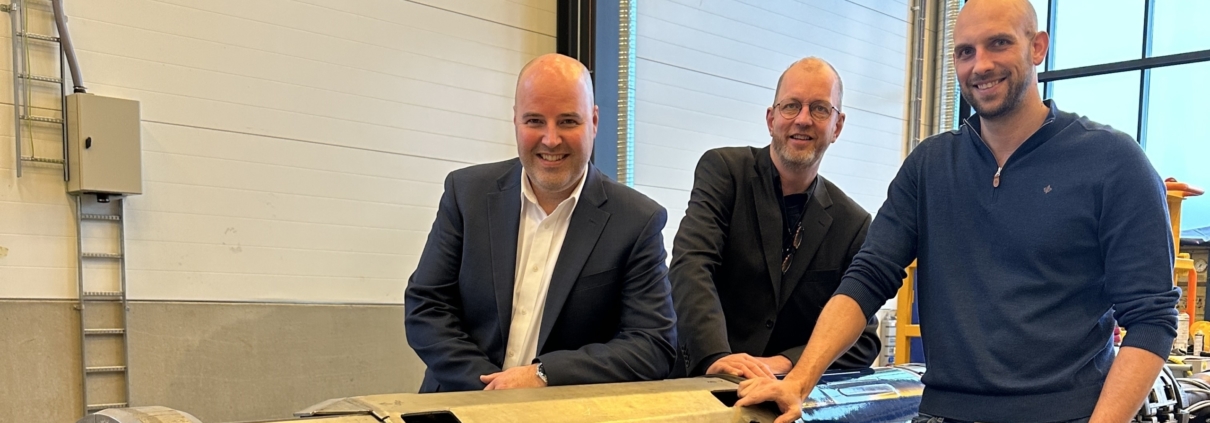Equinor orders remotely controlled well completion systems
Equinor orders remotely controlled well completion systems
The latest award comes only three months after Equinor ordered a ROCS for use at its Rosebank field, west of Shetland, UK.
Optime Subsea’s ROCS eliminates the need for both the umbilical, which traditionally connects the surface to the seabed for controlling the tubing hanger in subsea well completions, and the topside hydraulic control unit. This innovation not only cuts costs but also reduces the amount of deck space required for these operations.
Utilising ROCS also creates HSE benefits as the system reduces the need for personnel in the red zone on the rig. Further, it provides operational and financial benefits through faster installation and subsea well completion operations. This innovative approach holds particular value for deepwater fields such as Irpa.
“We are seeing that ROCS is gradually becoming the new standard for well completion operations due to substantially lower capex, opex and smaller environmental footprint compared to conventional systems,” says Jan-Fredrik Carlsen, CEO of Optime Subsea.
Optime Subsea will manufacture the two ROCS systems at the company’s headquarter in Notodden, Norway, and deliver them to Equinor’s offshore base at Sandnessjøen in North Norway in 2025. Optime Subsea has not disclosed the value of the contract.
Equinor will use one system for a well completion campaign at Irpa that is planned for 2026, while the other will be a back-up system.
Irpa, formerly called Asterix, is a gas field located at a depth of approximately 1,350 metres in the Norwegian Sea, 340 kilometres offshore Bodø, North Norway. Irpa will be developed as a tie-in to the Aasta Hansteen FPSO.
“We said in January, when we were awarded the ROCS for the Rosebank field, that we hoped that this marked the beginning of an exciting collaboration between Optime Subsea and Equinor. We look forward to proving the many benefits ROCS bring at the Irpa field development, and to cooperating with Equinor on another project,” says Trond Løkka, chief innovation officer at Optime Subsea.
ROCS details:
- When completing subsea wells, the tubing hanger is placed on top of the wellhead, as a seal towards the rest of the subsea well.
- Normally the tubing hanger is controlled through a dedicated hydraulic umbilical which adds a large 20-30 feet control container. When running the umbilical, it is also clamped to the tubing for increased stability.
- ROCS replaces these operations by remotely controlling a controls unit toward the wellhead. This allows for safer, simpler and more efficient operations.
- ROCS is mobilized in a single basket, prepared and made up onshore, allowing it to be ready to run immediately when offshore, from a rig. Avoiding mobilization of 50+ tonnes of topside equipment
- The ROCS is 100 percent universal and can be applied to any type of subsea well.
For additional information, please contact:
Trond Løkka
Chief Innovation Officer |Optime Subsea AS
E: tl@optimesubsea.no| NO: +47 97705528 |


